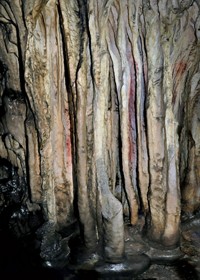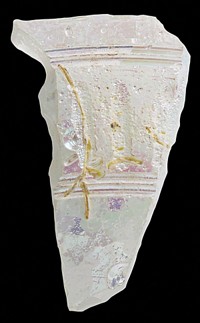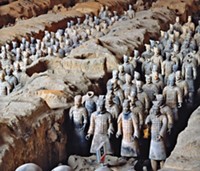Advertisement
Grab your lab coat. Let's get started
Welcome!
Welcome!
Create an account below to get 6 C&EN articles per month, receive newsletters and more - all free.
It seems this is your first time logging in online. Please enter the following information to continue.
As an ACS member you automatically get access to this site. All we need is few more details to create your reading experience.
Not you? Sign in with a different account.
Not you? Sign in with a different account.
ERROR 1
ERROR 1
ERROR 2
ERROR 2
ERROR 2
ERROR 2
ERROR 2
Password and Confirm password must match.
If you have an ACS member number, please enter it here so we can link this account to your membership. (optional)
ERROR 2
ACS values your privacy. By submitting your information, you are gaining access to C&EN and subscribing to our weekly newsletter. We use the information you provide to make your reading experience better, and we will never sell your data to third party members.
Analytical Chemistry
X-ray Method Traces Ancient Mongolian Gold
Presence of platinum levels suggest Xiongnu people of Mongolia produced their own gold jewelry
by Sarah Everts
December 24, 2012
| A version of this story appeared in
Volume 90, Issue 52
\
\
The Xiongnu people of 2nd- and 3rd-century B.C. Mongolia made decadent gold jewelry and crowns.
Warrior nomads in Mongolia called the Xiongnu had a taste for the finer things in life, particularly gold jewelry, which they wore to their graves. Archaeologists have wondered whether gold objects found in 2nd- and 3rd-century B.C. Xiongnu burial sites originated from local deposits or were gifts from Chinese neighbors, with whom they alternately battled and intermarried. Experiments now suggest that the Xiongnu gold originated from local panning in Mongolia instead of Chinese mines, says Martin Radtke, a physicist at Germany’s BAM Federal Institute for Materials Research & Testing, in Berlin, who led the work (Anal. Chem., DOI: 10.1021/ac3025416). The researchers used an X-ray method to look for platinum in some 30 Xiongnu gold foils found in four tombs. Absence of platinum would point toward a Chinese origin because Chinese mining techniques used at that time resulted in nearly platinum-free gold. But the researchers did find platinum, which suggests that the Xiongnu used local sources of gold obtained by panning, a method that leaves traces of platinum in gold.





Join the conversation
Contact the reporter
Submit a Letter to the Editor for publication
Engage with us on Twitter